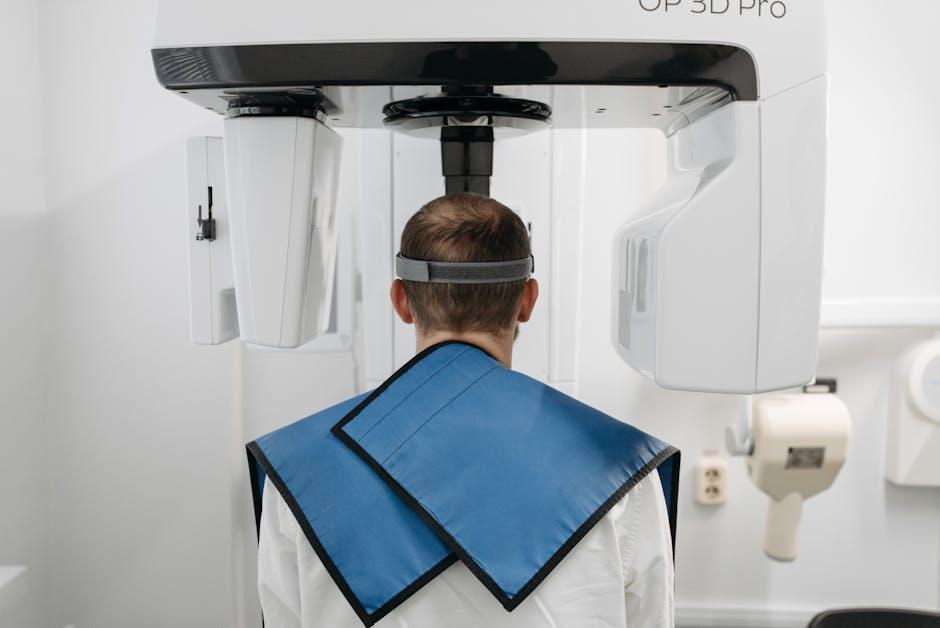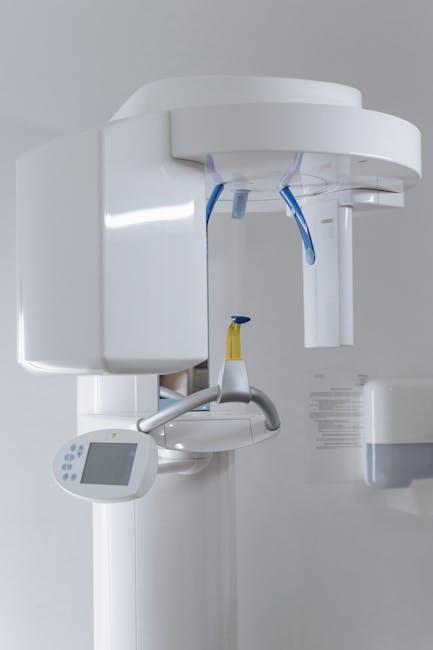
Dental Imaging Tech Boom: AI & 3D Scanners Reshaping the $6B Market – PR Newswire
The dental industry is undergoing a significant transformation as artificial intelligence (AI) and 3D scanning technologies rapidly advance. Valued at over $6 billion, the dental imaging market is experiencing a surge driven by the adoption of innovative AI-powered diagnostic tools and highly accurate 3D scanners. This article explores how these cutting-edge technologies are revolutionizing dental care, improving patient outcomes, and shaping the future of dental imaging worldwide.
Understanding the Dental Imaging Market Growth
Dental imaging has long been a critical component of oral healthcare, enabling dentists to diagnose, plan, and treat dental conditions effectively. According to recent reports by PR Newswire, the dental imaging technology market is projected to exceed USD 6 billion, propelled by the integration of AI and 3D scanning solutions.
Several factors contribute to this enthusiastic market growth:
- Demand for precise diagnostics and minimally invasive procedures
- Increasing prevalence of dental diseases worldwide
- Growing acceptance of digital dentistry solutions among providers and patients
- Technological advancements in imaging hardware and software
How AI is Revolutionizing Dental Imaging
Artificial intelligence in dental imaging is no longer futuristic—it’s here, reshaping workflows and care delivery. AI algorithms analyze images with unparalleled accuracy, assist in early disease detection, and enhance treatment planning.
Key AI Applications in Dental Imaging
- Automated Diagnosis: AI software can identify cavities, fractures, periodontal diseases, and other anomalies from X-rays and CBCT scans swiftly and accurately.
- Predictive Analytics: Leveraging patient data, AI helps predict the progression of dental conditions and recommends personalized treatment pathways.
- Workflow Optimization: AI streamlines image processing times and minimizes manual interpretation errors, improving practice efficiency.
The Rise of 3D Scanners in Dentistry
3D dental scanners have transformed how practitioners capture oral anatomy, allowing for detailed, precise, and real-time visualization. Compared to traditional impression methods, 3D scanners offer multiple advantages:
- Higher accuracy and reproducibility of dental impressions
- Improved patient comfort by eliminating messy molds
- Faster turnaround for dental restorations like crowns and implants
- Enhanced communication between dentists and labs
| 3D Scanner Feature | Benefit to Dental Practice |
|---|---|
| High-resolution imaging | Captures fine anatomical detail for precise restorations |
| Wireless and ergonomic design | Increases ease of use during patient exams |
| Real-time scanning feedback | Reduces rescans and improves efficiency |
| Compatibility with CAD/CAM software | Seamlessly integrates restorative design and manufacturing |
Benefits of AI & 3D Imaging in Modern Dentistry
Incorporating AI and 3D scanners yields significant advantages for dental professionals and patients alike:
- Improved Diagnostic Accuracy: AI minimizes human error, providing more reliable interpretations of imaging data.
- Enhanced Treatment Planning: 3D visualization enables clinicians to plan and simulate outcomes before interventions.
- Faster Procedures: Digital workflows cut down chair time and lab production delays.
- Patient Experience & Satisfaction: Less invasive imaging methods increase comfort and engagement.
- Cost-Effectiveness: Reduced need for physical materials and fewer remakes lower operational costs in the long term.
Case Study: Transforming a Dental Practice with AI and 3D Scanning
Dr. Emily Sanders, a prosthodontist based in San Diego, shares her firsthand experience integrating AI-enabled imaging into her clinic:
“Since adopting advanced 3D intraoral scanners and AI diagnostic tools, our diagnostic turnaround time has halved. Patients appreciate the quicker, more accurate treatment plans, and we’ve seen a noticeable reduction in remakes and treatment failures. The initial investment quickly paid off through operational efficiencies and improved patient trust.”
Dr. Sanders’ practice highlights how embracing state-of-the-art dental imaging tech translates into tangible business growth and improved oral health outcomes.
Practical Tips for Dental Practices Considering AI & 3D Scanner Integration
- Assess Your Practice Needs: Analyze patient volume, imaging requirements, and budget constraints to select appropriate technology.
- Choose User-Friendly Systems: Prioritize hardware and software with intuitive interfaces for staff ease-of-use.
- Training Is Essential: Provide comprehensive training for your dental team to maximize the technology’s benefits.
- Partner with Trusted Vendors: Opt for reputable suppliers who offer strong customer support and software updates.
- Integrate with Existing Workflows: Ensure new systems are compatible with your current electronic health records and CAD/CAM platforms.
Looking Ahead: What Does the Future Hold?
The convergence of AI and 3D dental imaging marks only the beginning of a new era in digital dentistry. Emerging trends to watch for include:
- AI-Driven Predictive Oral Healthcare: Algorithms that not only diagnose but proactively suggest preventive care strategies.
- Augmented Reality (AR) Integration: Overlaying 3D images during procedures for enhanced precision.
- Cloud-Based Imaging Solutions: Enabling real-time data sharing and remote consultations among specialists.
- Personalized Dentistry: Utilization of AI and imaging data to tailor treatments on a molecular and behavioral level.
Conclusion
The dental imaging technology market is undergoing explosive growth, fueled by the integration of AI and 3D scanners that reshape diagnostics, treatment planning, and patient care. As this $6 billion industry continues to evolve, dental professionals who embrace these advanced tools can unlock unprecedented accuracy, efficiency, and patient satisfaction. For dental practices seeking to stay competitive and offer superior care, investing in AI-powered imaging and 3D scanning technology is no longer optional—it’s essential. Stay tuned to PR Newswire and industry leaders as this digital revolution in dentistry gains momentum.


